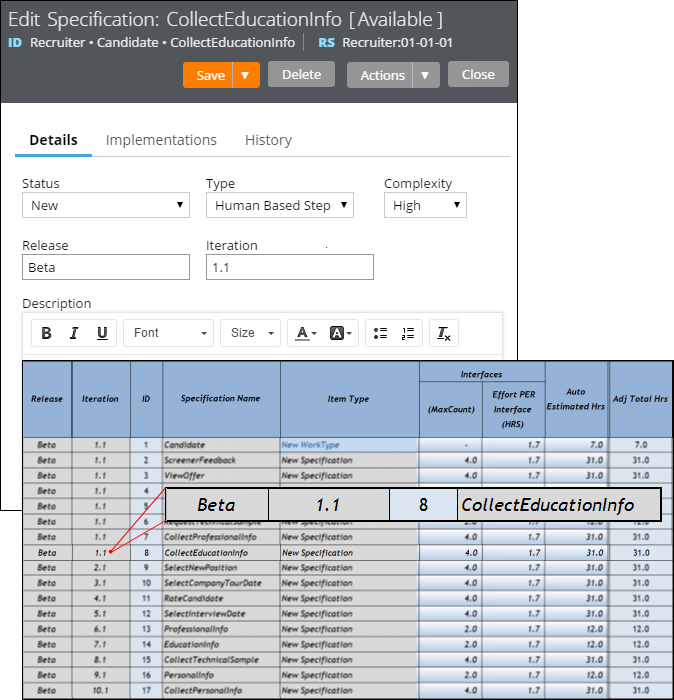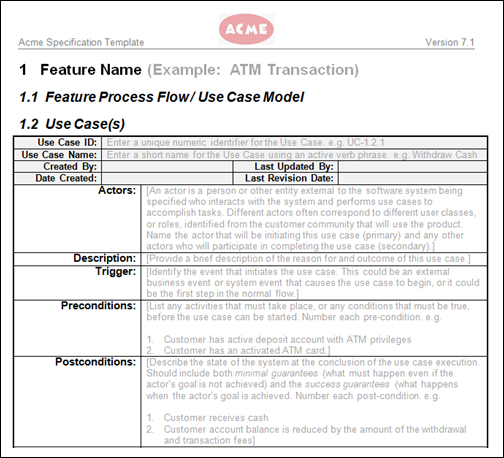Additional upgrade scripts for new columns
Valid from Pega Version 7.1.4
In Version 6.2, additional columns (Major, Minor, and Patch) containing ruleset Version information were added to 15 tables in the PRPC database. When upgrading from a pre-Pega 7 release, scripts must be manually run after the upgrade to populate these columns.
These scripts are located in the Resource Kit, under Additional Upgrade Scripts.
- If upgrading to a single schema, run both scripts.
- If upgrading to a split schema, run the _data script against the data schema and run the _rules script against the rules schema.
Choose the scripts for your database type:
- db2zos_rulesetversion_columns_data.sql
- db2zos_rulesetversion_columns_rules.sql
- mssql_rulesetversion_columns_data.sql
- mssql_rulesetversion_columns_rules.sql
- oracle_rulesetversion_columns_data.sql
- oracle_rulesetversion_columns_rules.sql
- postgres_rulesetversion_columns_data.sql
- postgres_rulesetversion_columns_rules.sql
- udb_rulesetversion_columns_data.sql
- udb_rulesetversion_columns_rules.sql
Database
Valid from Pega Version 7.1.4
Improvements to data handling were made for search indexing, agent processing, and filtering. Scripts were provided for proper population of the database tables.
- Importing data from shared obj-external tables is now supported.
- A validation warning will now display when an unexposed property is used in filter or join conditions.
- A Global Search index may now be created across two databases.
- Agent processing on multiple nodes has been improved.
- Improvements were made to controls in Report Definition pages which are used in a dynamic grid.
- Filtering functionality involving special characters has been enhanced.
- Scripts have been provided to populate the RuleSetVersion Major, Minor, and Patch columns.
DCO
Valid from Pega Version 7.1.4
This release focused on improving the user experience of creating new rules and tightening up the use of specifications in the Case Designer. The layout of the New and Save As forms were made more intuitive and intelligent. Specification actions were made to be more consistent across various aspects of the Case Designer.
- After removing specification references, users can create and save a new specification.
- Developers may now choose either an existing specification or create a new one for subflows and Split-For-Each shapes.
- If a specification is not associated with flow shapes such as sub flows, Utilities, or Split-For-Each, it is possible to import speciications with the same names, and the flow shapes will default to using those imported specs.
- In the outline view, specification changes will be preserved when switching from tab to tab.
- The View Full Details functionality from either Configure Step or the Outline View will display all details, including the specification requirement links.
System Management
Valid from Pega Version 7.1.4
Refinements were made to out-of-place upgrade documentation and processes, as well as for how handling is performed for all of the database vendor specific nuances related to a deploying into a split schema environment.
- A script was created to run the data schema upgrade for z/OS systems.
- In a split-schema configuration, indexing has been enhanced.
- The product installer has been enhanced.
- The stand-alone Static Assembly Utility does not require a password for its process.
- The UpdateManager tool has been improved.
Tracked changes persist between client sessions
Valid from Pega Version 7.1.7
The Microsoft Word native change tracking feature persists between client sessions for specifications. Enable this feature to facilitate collaborative reviews of your specifications with project stakeholders.
Inserting your specification updates as tracked changes allows you to:
- Provide visible markup to the next reviewer.
- Correlate edits to a specific user and time.
- Generate documents that include markup and comments.
Local settings, such as the colors you specify for markup, do not persist between clients.
For instructions on how to prevent markup and comments from appearing in generated documents, see Advanced options for editing specifications.
Add multiple attachments at once
Valid from Pega Version 7.1.7
You can now add more than one attachment to a requirement or specification at a time, without closing the Add/Edit Attachment modal dialog box. Use the traditional browse method to upload an attachment or drag and drop a local file, based on your needs. View and access your attachments from the Application Profile landing page, Requirement form, or Specification form.
Plan projects using release data
Valid from Pega Version 7.1.7
Requirements and specifications can now be mapped to a target release and iteration within a specific release. Populating these fields allows you to set and publish a release schedule through worksheets generated by the Sizing wizard. Access these fields from the Application Profile landing page or by opening any requirement or specification.

The Release and Iteration fields as they appear in a specification and a corresponding worksheet
The Sizing wizard incorporates values from the Release and Iteration fields for specifications only.
Specification type extended for decisioning users
Valid from Pega Version 7.1.7
Specifications now support a Decision Strategy Manager (DSM) type. This allows you to map your specifications to a decisioning component, such as a strategy or model. After you select an appropriate subtype and provide relevant metadata, you can run the Sizing wizard to incorporate these details into project sizing worksheets.

DSM specification details as they appear in the Specification form and Sizing wizard output
You must have access to Decision Management rulesets to create DSM specifications. For more information on specification types, refer to the Details tab of the Specification form. To view all specifications in your application, filtered by type, refer to the Application Profile landing page.
Add collections as linked implementations
Valid from Pega Version 7.1.7
You can now identify a collection or individual steps within a collection as an implementation of a specification. Linking specifications to rules allows you to more accurately convey your application design to project stakeholders. Use the Specifications tab on the Collection form to create these links.
To see all implementations for a given specification, refer to the Application Profile landing page or the Implementations tab of the Specification form.
Add project branding to generated documents
Valid from Pega Version 7.1.7
The standard Word Template for specification descriptions is now extensible. Using a customized template allows you to brand your generated documents with project-specific elements.
Specialize the Rule-Application-UseCase.pySpecificationDescription rule to:
- Include relevant images such as company logos.
- Define static text.
- Insert dynamic elements by merging clipboard values into field codes.

Generated document with custom company logo
Refer to Advanced options for editing specifications for instructions on how to override this template.

